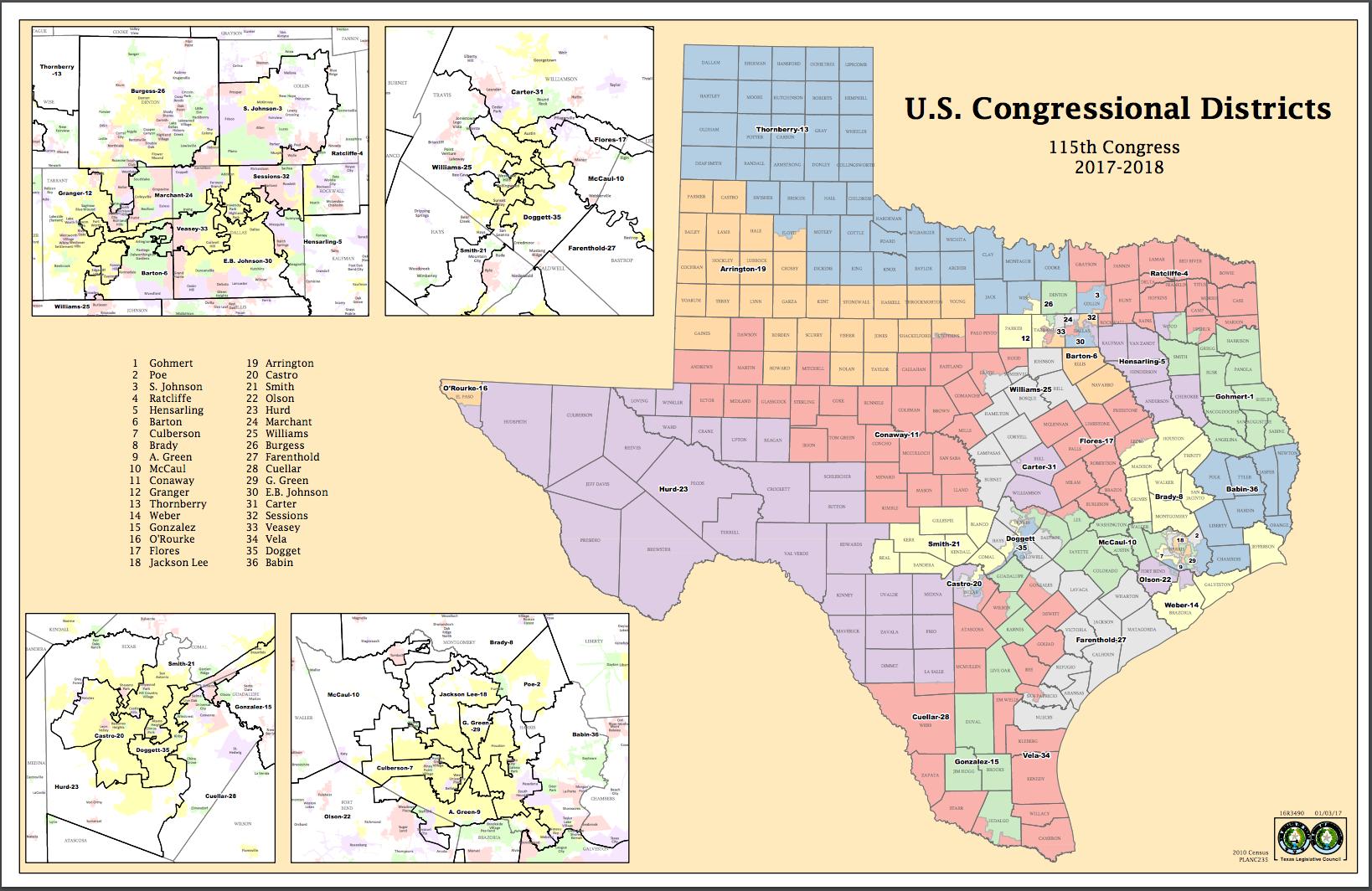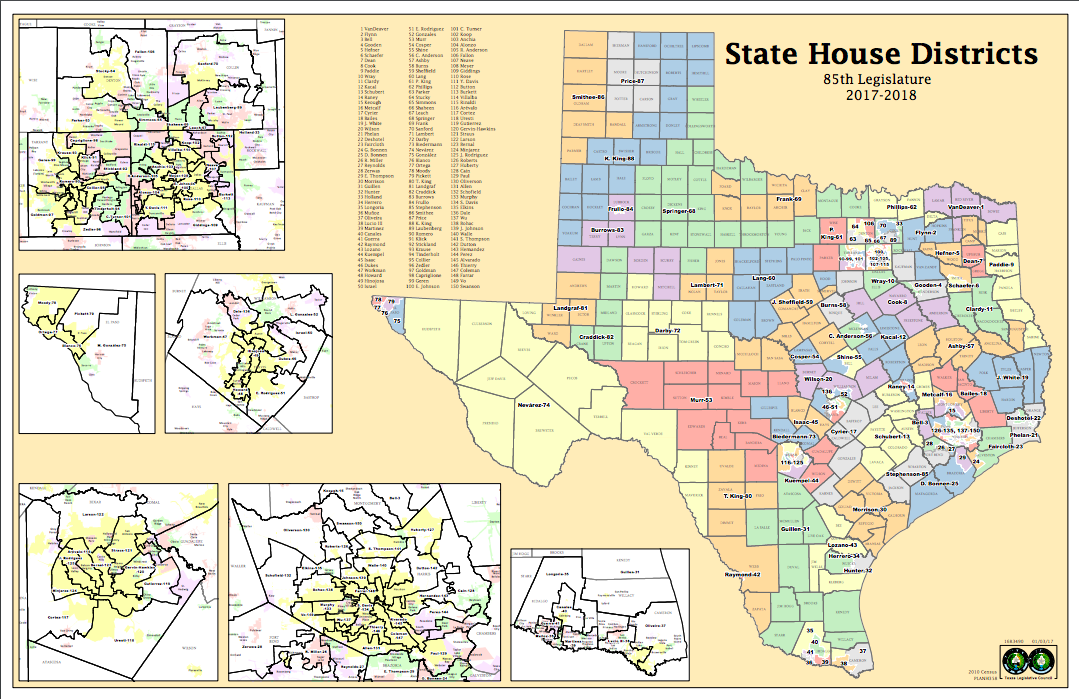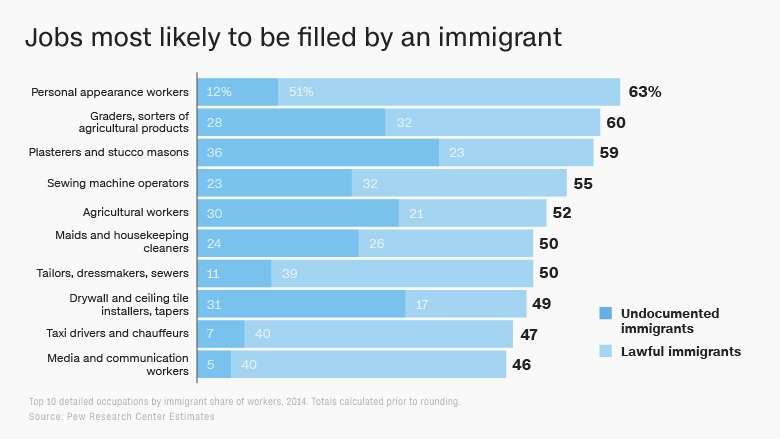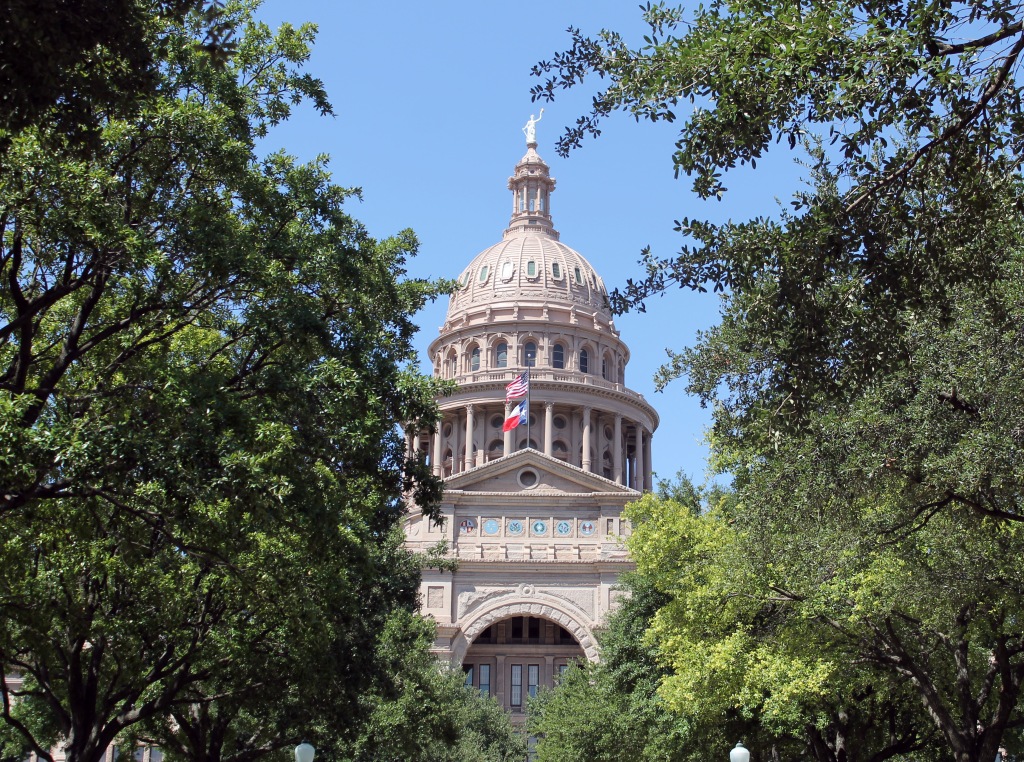Two weeks ago on a busy, mid-50 degrees Wednesday morning — chilly by Texas standards — I was attending a policy briefing at the Texas State Capitol. Afterward, I joined a Capitol staffer for a two-block walk for some coffee.
Two things happened to me that morning within a minute of each other that highlighted a reason to keep striving for better policy understanding, news consumption, voter turnout, and civic engagement.
Bouncing back and forth between discussing the speaker race and the upcoming November elections, the day was typical at best. Both of us are of Hispanic descent, born and raised in the Rio Grande Valley for generations, obtained college degrees in Austin, and worked hard to earn the roles, reputations, and responsibilities we hold in and around the Texas State Capitol.
I was facing him as we were walking and didn’t pay any particular attention to an unknown white woman approaching us on the sidewalk from the opposite direction. She said something as she passed us by. I was speaking at the same time and thought I couldn’t have heard what I thought I did.
We just kept walking, and once we crossed the street, the staffer light-heartedly said, “I guess someone woke up on the racist side of the bed today,” then repeated what the completely ordinary-looking woman had said:
What are you all doing on this side of the border?”
I wanted to discuss the encounter further, but the remaining block of ground wasn’t enough time to process and articulate my thoughts. All he said was, “We don’t know what she has going on in her life.” And his mercy and resilience are noteworthy.
It’s noteworthy because these encounters happen all the time to Latinos — at supermarkets, gas stations, school playgrounds, etc. This was the first time I had experienced a racist comment directed squarely at me, but obviously not the first time the Capitol has seen this.
In 2017, Republican Texas State Rep. Matt Rinaldi called immigration authorities on protesters and nearly ignited a brawl on the House floor on the final day of the regular session, making national headlines.
A few steps later, we ran into my former sports journalism professor/Associated Press politics reporter Jim Vertuno, whose clever Twitter bio appropriately reads, “Reporting Texas sports & full-contact politics since ’98.”
His sports journalism class taught me to not just share the scores and stats, but to explain why they’re relevant. Focus on the bigger picture and the human element.
So on that note, the relevance is that voter suppression, intentional discrimination, and racially systemic poverty rates exist – but can be combated with investigative journalism, equitable public policy efforts, fair maps, and effective elected officials.

First thing’s first, there are three levels of racism: institutionalized, personally mediated, and internalized, as defined by Dr. Camara Phyllis, who wrote the article, “Levels of Racism: A Theoretic Framework and a Gardener’s Tale” while serving at the Harvard School of Public Health in 2000.
Institutionalized racism as differentialized access to the goods, services, and opportunities of society by race. Institutionalized racism is normative, sometimes legalized, and often manifests as inherited disadvantage. Although there is not an identifiable perpetrator, institutionalized racism is often evident as inaction in the face of need.
Institutionalized racism manifests itself both in material conditions and in access to power. With regard to material conditions, examples include differential access to quality education, sound housing, gainful employment, appropriate medical facilities, and a clean environment. With regard to access to power, examples include differential access to information (including one’s own history), resources (including wealth and organizational infrastructure), and voice (including voting rights, representation in government, and control of the media).
It is important to note that the association between socioeconomic status and race in the United States has its origins in discrete historical events but persists because of contemporary structural factors that perpetuate those historical injustices. In other words, it is because of institutionalized racism that there is an association between socioeconomic status and race in this country.
Personally mediated racism is defined as prejudice and discrimination, where prejudice means differential assumptions about the abilities, motives, and intentions of others according to their race, and discrimination means differential actions toward others according to their race.
Intentional or unintentional, personally mediated racism manifests as lack of respect (poor or no service, failure to communicate options), suspicion (shopkeepers’ vigilance; everyday avoidance, including street crossing, purse clutching, and standing when there are empty seats on public transportation), devaluation (surprise at competence, stifling of aspirations), and dehumanization (police brutality, sterilization abuse, hate crimes).
Internalized racism is defined as acceptance by members of the stigmatized races of negative messages about their own abilities and intrinsic worth. It is characterized by their not believing in others who look like them, and not believing in themselves. It involves accepting limitations to one’s own full humanity, including one’s spectrum of dreams, one’s right to self-determination, and one’s range of allowable self-expression.
Internalized racism manifests in believing ideas like “the white man’s ice is colder” and self-devaluation (racial slurs as nicknames, rejection of ancestral culture, helplessness, and hopelessness (dropping out of school, failing to vote, and engaging in risky health practices).
Institutionalized racism is exposed through voter suppression, intentional discrimination, and systemic poverty rates – which can be combated with investigative journalism, equitable public policy efforts, fair maps, and effective elected officials.
Voter suppression is real. Texas is one of 12 states that does not allow online voting registration. Texas is one of 13 states that does not allow same-day voting registration, requiring voters to register a month in advance. Texas is one of 18 states that requires a photo ID to cast a ballot. As a result, Texas has the lowest voting turnout in the nation, per the Washington Post.

Earlier this month, just days before the voter registration deadline, news broke that more than 2,000 voting applications submitted using a digital tool vote.org could be deemed invalid because they didn’t have original signatures, only copies of signatures. Electronic signatures are valid for plane tickets and property leases, but not for a voter registration card, which is also accompanied by a state driver’s license/ID number or last four digits of your social security number.
Strict photo ID laws also play a role in unconstitutionally disenfranchising voters, but are promoted as a way to deter voter fraud. In 2016, the Fifth Circuit’s opinion found that Texas’ strict photo ID law of 2011 is racially discriminatory, noted that there were “only two convictions for in-person voter impersonation fraud out of 20 million votes cast in the decade” before Texas passed its law, per the Brennan Center for Justice.
Now if you are one of the record-breaking 15,698,626 Texans who was able to register in-person or print, physically sign your voter application, find a stamp and mailbox for this year’s midterm elections, there are still loopholes to having your voice heard.
Redistricting is the concept dividing the state into political districts based on population size and geographic territory. District lines are typically drawn by the federal governing body, then states, counties, cities and schools often follow their lead as a means of assigning local, state and congressional representation.
District lines are redrawn every ten years based on updated population numbers from the U.S. Census. Even though the United States of America is a relatively young country, there are countless of examples of gerrymandering, which is when elected officials choose their voters, instead of voters choosing their elected officials. Gerrymandering is accomplished by drawing lines that exclude people of a certain socioeconomic status or voting patterns.


Texas Republicans have dominated statewide elections for the past two decades, which means they control how maps are constructed and how “red” their seats appear. Partisan gerrymandering strengthens or dilutes voting power, which tends to have a suppressive effect on candidate recruitment from Democrat challengers, who view some races as unwinnable.
Since 2011, there have been more than six federal rulings finding intentional discrimination by the Texas Legislature, meaning that Texas’ congressional and state House maps were drawn with the intent to discriminate against Hispanic and black voters.
The Mexican American Legislative Caucus of the Texas House of Representatives has spent the last decade challenging these illegal maps, reaching the highest court in the land in April. The U.S. Supreme Court deemed one district illegal, House District 90, held by Democratic Texas State Rep. Ramon Romero, Jr.
Besides the legal fight for fair maps, the conversation about redistricting has other problems. Chaired by Republican Texas State Rep. Cindy Burkett, the House Committee on Redistricting did not convene even once during the last legislative session. This means bills addressing redistricting were never heard.
Texas stands to gain at least three additional seats following the 2020 Census, and the Texas Legislature will then revisit the redistricting process in 2021.
The 2020 Census includes racial barriers as well.
Census data is to determine congressional representation, federal funding distribution and quality of life statistics. “Being undercounted by even one percent in 2020 could result in a significant loss in federal funding for Texas — at least $300 million a year,” per the Center for Public Policy Priorities.
This federal funding goes towards healthcare, public education and school lunches, as well as constructing roads and bridges. Every resident and child in Texas has the right to be counted. However, the 2020 Census will include an untested citizenship question, which could deter immigrants or families of mixed immigration status from filling out the Census.
Interactive graphics from the Texas Tribune show that about “66 percent of the state’s residents — and 85 percent of Texas Hispanics — live in census tracts that exceed the national average for low response scores. A similar trend can be seen when examining poverty in Texas: The higher the poverty rate in a census tract, the more likely residents are to be harder to count. About 84 percent of poor residents in Texas live in tracts that exceed the national average for low response scores, according to census data.”
Poverty rates and academic success correlate with discriminatory policies of the past, as children of color and children from economically disadvantaged backgrounds are disproportionately likely to face barriers to academic achievement, per the Center for Public Policy Priorities.
Related but different is the concept of “affirmative action” and contradicting ideas of “reverse racism.” The New Yorker’s recent piece, “The Rise and Fall of Affirmative Action” highlights equitable policies worth noting:
- Historians often trace the concept to Franklin Roosevelt’s New Deal provisions ensuring equal-employment opportunities, regardless of “race, color, or creed.” The term first appeared in a policy context in the National Labor Relations Act of 1935, which allowed workers to unionize without fear of retribution. Employers who were found to have discriminated against an employee were required to rehire him, or to make amends, through “affirmative action.”
- The first time the government used the term in relation to race was in March, 1961, when John F. Kennedy signed Executive Order 10925, which required government contractors to “take affirmative action” to help realize the nation’s goal of “nondiscrimination.”
In 2016, the University of Texas’ race-conscientious program was challenged, but the U.S. Supreme Court ruled that admissions offices can continue using race as a deciding factor in ensuring a diverse student body. Per the New York Times, “‘No decision since Brown v. Board of Education has been as important as Fisher will prove to be in the long history of racial inclusion and educational diversity,’ said Laurence H. Tribe, a law professor at Harvard, referring to the Supreme Court’s 1954 decision striking down segregated public schools.”
Despite affirmative action programs in place to help provide equitable opportunities, the pipeline to good-paying jobs is not equal across ethnicities — and U.S. Census data shows it. “Hispanic and black households face a gap of tens of thousands of dollars between their median incomes and those of white and Asian Texans. And families living in the Rio Grande Valley are still burdened with poverty at a rate that’s double the state figure,” per the Texas Tribune.
Tens of thousands of Texans along the U.S.-Mexican border have undrinkable water when compared to the rest of the state, per the Texas Tribune. “They are mostly low-income Hispanics, some living in isolated pockets or low-grade developments on land nobody else wanted. Poor, powerless and out of sight, they continue to grapple with the illnesses and hardships that come from lacking such a basic necessity.”
What are we all doing on this side of the border? We’re contributing to the Texas Miracle. We’re chasing the American Dream.
At that moment on the sidewalk, my friend and represented fortitude and resilience. We represented immigrants. So, let’s talk about immigrants.
Working and trading with Mexico has fueled the “Texas Miracle” for the past 20 years, said Texas State Rep. Matt Krause, a Fort Worth Republican and member of the Texas Freedom Caucus at the 2018 Texas Tribune Festival regarding NAFTA.
The immigrant workforce has been the backbone of the “Texas Miracle,” but no one wants to talk about it, said Texas State Rep. Rafael Anchía, a Dallas Democrat and chairman of the Mexican American Legislative Caucus at the 2018 Texas Tribune Festival on a separate NAFTA panel.
“Today, immigrants make up about 17 percent of the U.S. labor force — and nearly one-quarter of those immigrants are undocumented,” per CNN Money.

Immigrant workers are often slated to long hours, misery wages and unsafe conditions, completing painstaking jobs like fruit-picking, maintenance services and construction. The aftermath of Hurricane Harvey exposed that construction workers — many them unauthorized immigrants — were being exploited, per investigative reporting by James Barragán of Dallas Morning News and Reveal.
“Fear of retaliation keeps many workers from fighting for their unpaid wages, advocates say – especially the estimated half of construction workers who are unauthorized immigrants… In many cases, an employer in Texas could fire a worker for filing a wage claim and face no legal consequences.
And Texas’ process for investigating unpaid wages is ill-suited to tackle the problem. Over the last nine years, the TWC investigated an average of 13,180 wage claims annually. Splitting the claims among the 19 labor law investigators on staff gives each one nearly 700 cases a year.
The investigation process takes months to resolve and is inconsistent. Workers accusing the same employer with similar evidence receive different judgments; some get their money, others don’t. And nearly half of all the wages the state orders paid never end up in a worker’s pocket.”
Our broken immigration system branches out into other topics:
- Children brought to this country as children grew up to be accomplished young adults with expiring DACA protections who are seeking paths towards permanent citizenship
- Family separation, as desperate asylum-seekers trying to escape gang violence, are being separated and detained in bureaucratic detention centers
- The new “public charge” proposal is causing families to choose between meeting basic healthcare needs and applying for citizenship.
- Border security and trade tariffs also revolve around immigration policy and adherently effect all Texans.
What’s Next?
Reflection. The ironic reason I was at the Capitol the morning that my friend and I went for coffee was that I was attending the Jolt Initiative’s study release called “We Are Texas” — a study undertaken by Jolt Initiative in partnership with Ethnifacts and US-ness to better understand the young Latinos’ values, issues, voting patterns and barriers to civic participation.
I’m highlighting a specific statistic from the study as a way of acknowledging every single bilingual person who’s ever been told “Speak American” in a country that has no official language or religion. In having to juggle two languages and two cultures, we are adherently more engaged in society: “Engaged voters were more likely to be bilingual or speak Spanish at home (52 percent) than their Disengaged non-voters counterparts, that are primarily English speakers,” per the Jolt Initiative.
Vote. Early voting continues until Nov. 2 and Election Day is Nov. 6. The Jolt study also shows by 2022, Latinos will be the largest ethnic group in the state. Over the next decade, more than two million Texas Latinos will turn 18 — and 95 percent will be eligible to vote.

Policy recommendations and community solutions:
Texas is one of only 12 states in the U.S. that does not have online registration available to eligible voters. The Office of the Texas Secretary of State should allow online voter registration to help the next generation of voters cast a ballot.
Fourteen states are considering removing the traditional redistricting process from state legislatures to redistricting committees independently involved at varying degrees, per the National Conference of State Legislatures. There are pros and cons, but new redistricting applications and software can utilize population data for fairer mapping.
Make sure you and everyone you know fills out the 2020 Census. Urge the governor to invest in the adoption of a Complete Count Committee with state funding that includes focused plans for hard-to-count communities, websites to educate citizens on the 2020 Census, and funding to local communities or providers to conduct outreach efforts to increase Census participation. Previous Texas Governors Clements and Bush issued Executive Orders to promote a complete count of Texas residents. Take action on social media to inform others on a county or local level as well.
Be engaged in local propositions, county initiatives, state legislation and federal policies. Watch or listen to committee hearings online to monitor if elected officials are actively participating in their roles and representing their constituents’ values. Slavery and segregation were both legal at one point in time, and the discriminatory consequences of these eras are still apparent in disproportionate poverty rates, healthcare accessibility, education outcomes, and workforce opportunities.
Help others receive their hard-earned fair share. “Labor experts say outreach to workers in high-risk industries is essential in the fight against wage theft. Creating media and advertising campaigns — especially in Spanish — is key,” per the Dallas Morning News wage article.
Testify. Instead of accepting only in-person or written public testimony, the Texas Legislature should accept public testimony at committee hearings via telecommunications applications like Skype or pre-recorded video submission. This would boost civic engagement for hardworking Texans who can’t afford a day off to testify under the pink dome and would also alleviate travel burdens for people with disabilities.
More than immigration reform for the 26 percent of Texas children living in immigrant families, addressing border security doesn’t have to mean building an archaic, expensive, inefficient wall. As a Rio Grande Valley native, this issue literally hits home. Fierce environmentalist protests led to biodiversity along the federally-protected Santa Ana National Wildlife Refuge being spared from border wall funding, but an estimated 300 ranchers and homeowners in South Texas could have their land seized in the name of eminent domain. Modern technology creates fiscally-responsible smart wall alternatives for human detection that includes radar sensors, fiber optics, drones and cameras.
Some could quickly say racists deserve chingasos. But, to me, punching the Matt Rinaldi’s of the world isn’t worth the consequences and doesn’t solve the problem. Racism needs to be addressed — in mundane conversations and in lawmakers’ chambers — with an open mind and heart.
Four in 10 Latinos experienced an incident or heard expressions of support tied to their background in the past year, per the Pew Research Center. Being part of this growing statistic wasn’t exactly on my bucket list, but it made me realize that growing pains and uncomfortable conversations are necessary to ensure liberty and justice for all.

This piece reflects my personal opinion and does not reflect the opinions of the organizations I am affiliated with. Special thanks to AG, DV, AP, ZA, IR & RR for helping me sort through my thoughts and edits.


Leave a comment